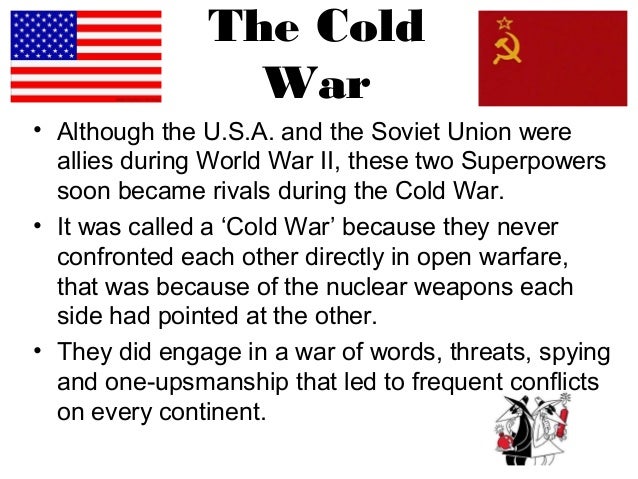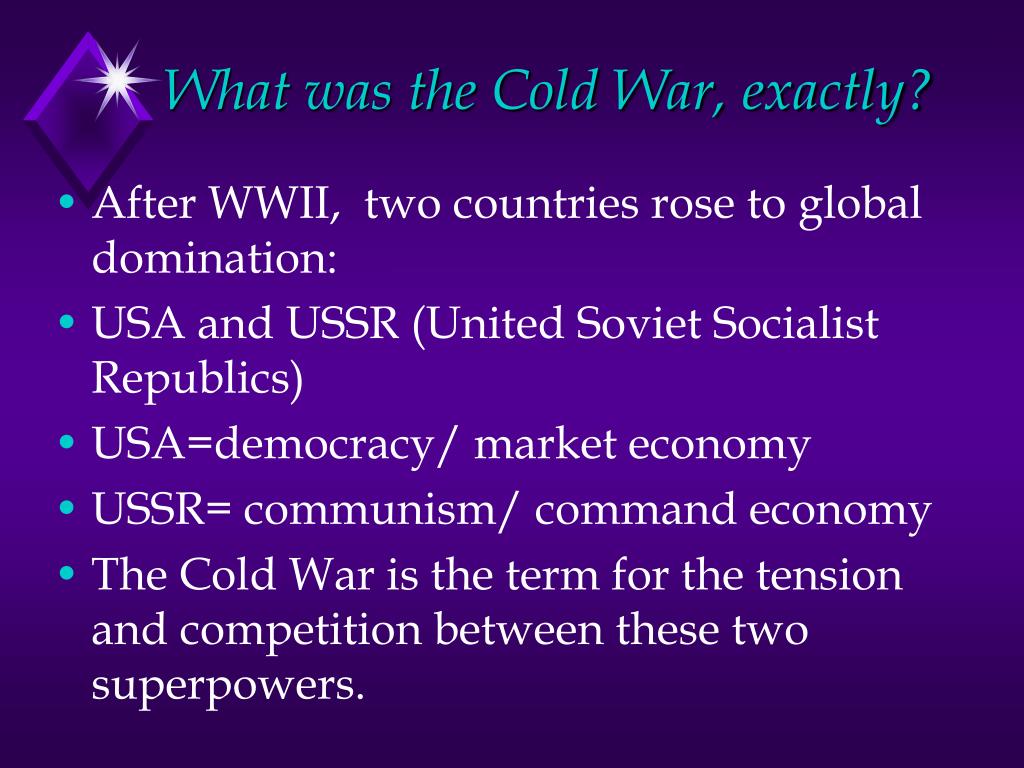


The creeping threat of communism where ever it appeared. And competing to influence these newly emerging nations were theĪmericans and Soviets, each offering very different visions of life.Īmerican policy toward the Cold War was shaped by president Harry Truman. All over the world, de-colonization was occurring. The war had crippled the imperial nations of EuropeĪnd they could no longer hold on to their vast colonial empires. It was an ideal time to build these spheres of influence. Supported the forces of democracy, the Soviets supported communism. Side represented opposing ideologies each wanted to create spheres of influence throughout the It was a “cold” war because the United StatesĪnd the Soviets never directly confronted each other militarily (although they

" Third World," of unaligned, generally lessĭeveloped countries that both "superpowers" competed to influence. Was divided into three parts: the United StatesĪnd its allies, the Soviet Union and its allies, and a The era marks the replacement ofĮuropean hegemony with two competing power centers. Period after World War II that centered around Powerful nations were leveled by war: the United A global situation arose in which all but two Her cities bombed, her populations decimated and her economies bankrupt. Of the War was so immense that Europe emerged crippled, Before World War II a few nations of Europe basically


 0 kommentar(er)
0 kommentar(er)
